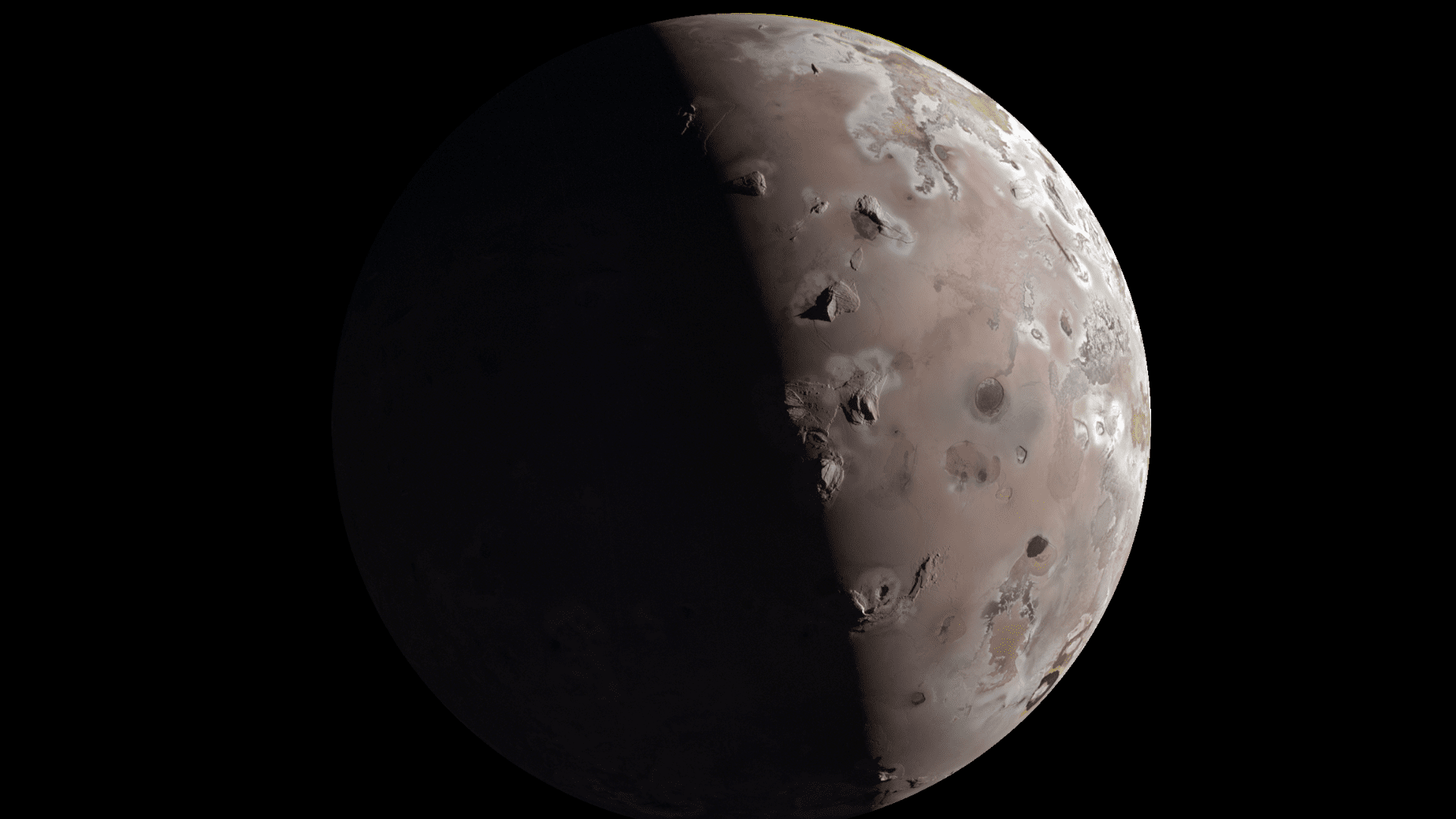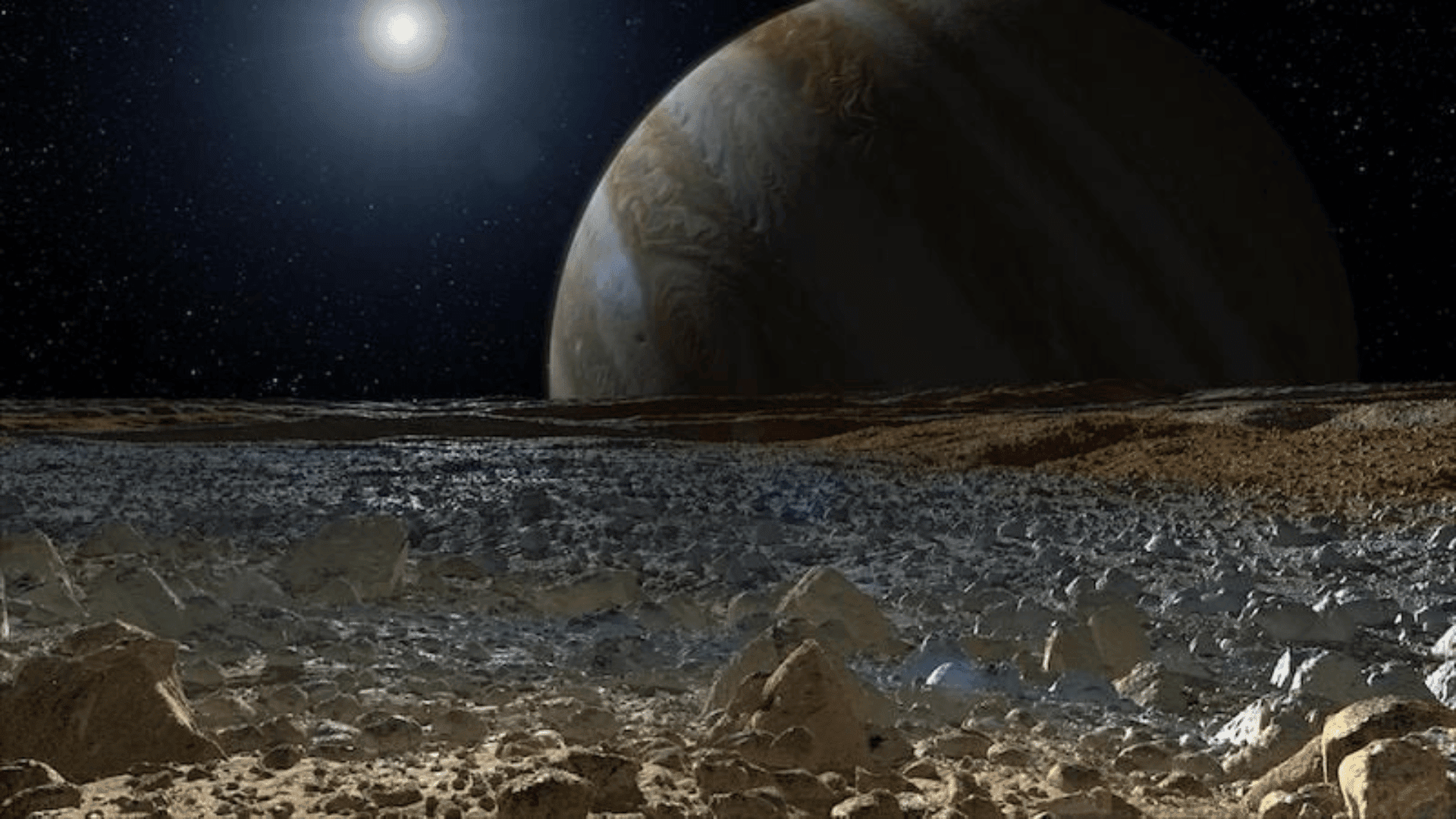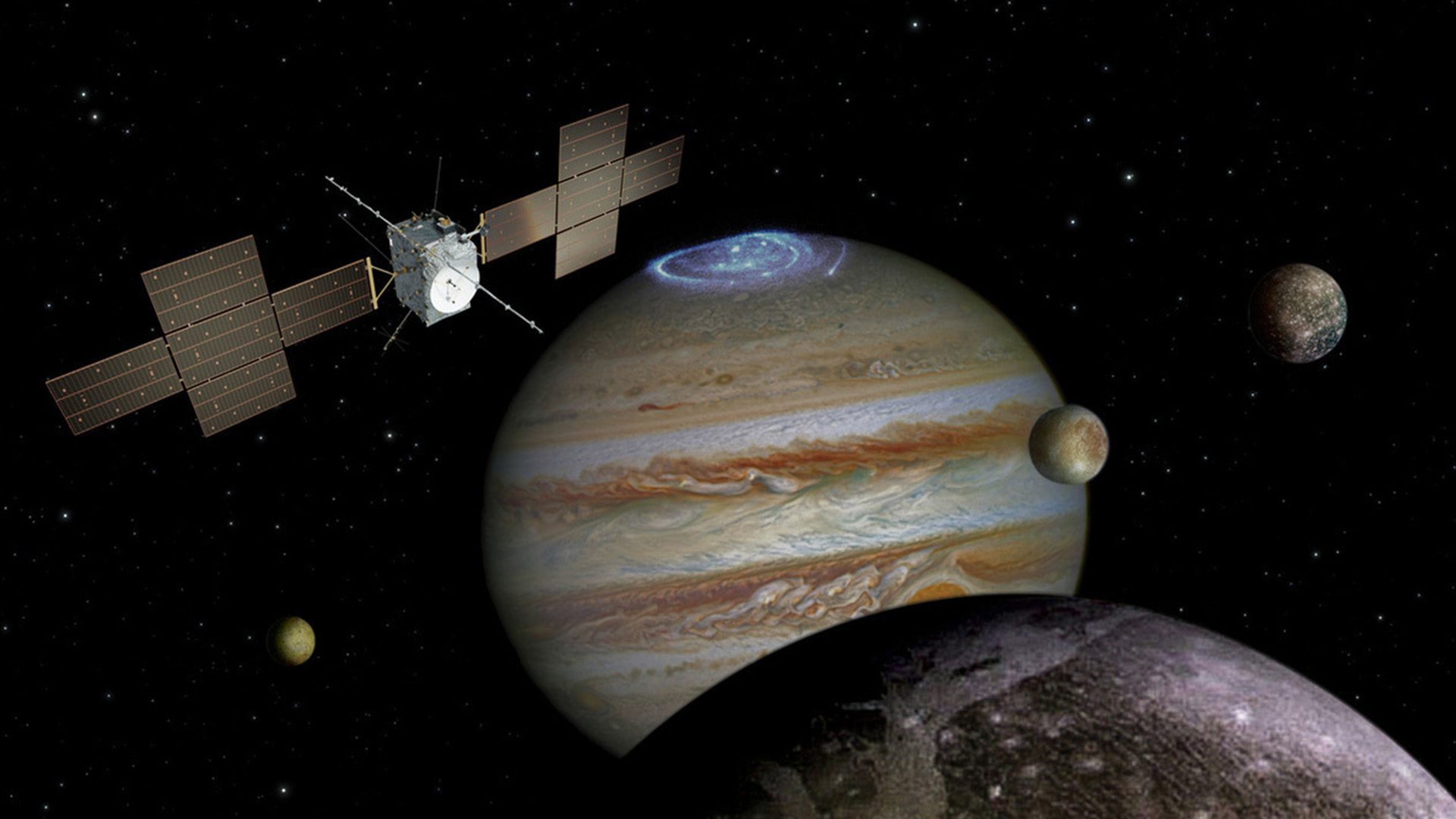Jupiter’s moon, Europa, produces 1,000 tons of oxygen every 24 hours. While that’s enough to keep one million humans breathing for a day, it’s a lower amount than what scientists previously estimated.
Europa’s Oxygen
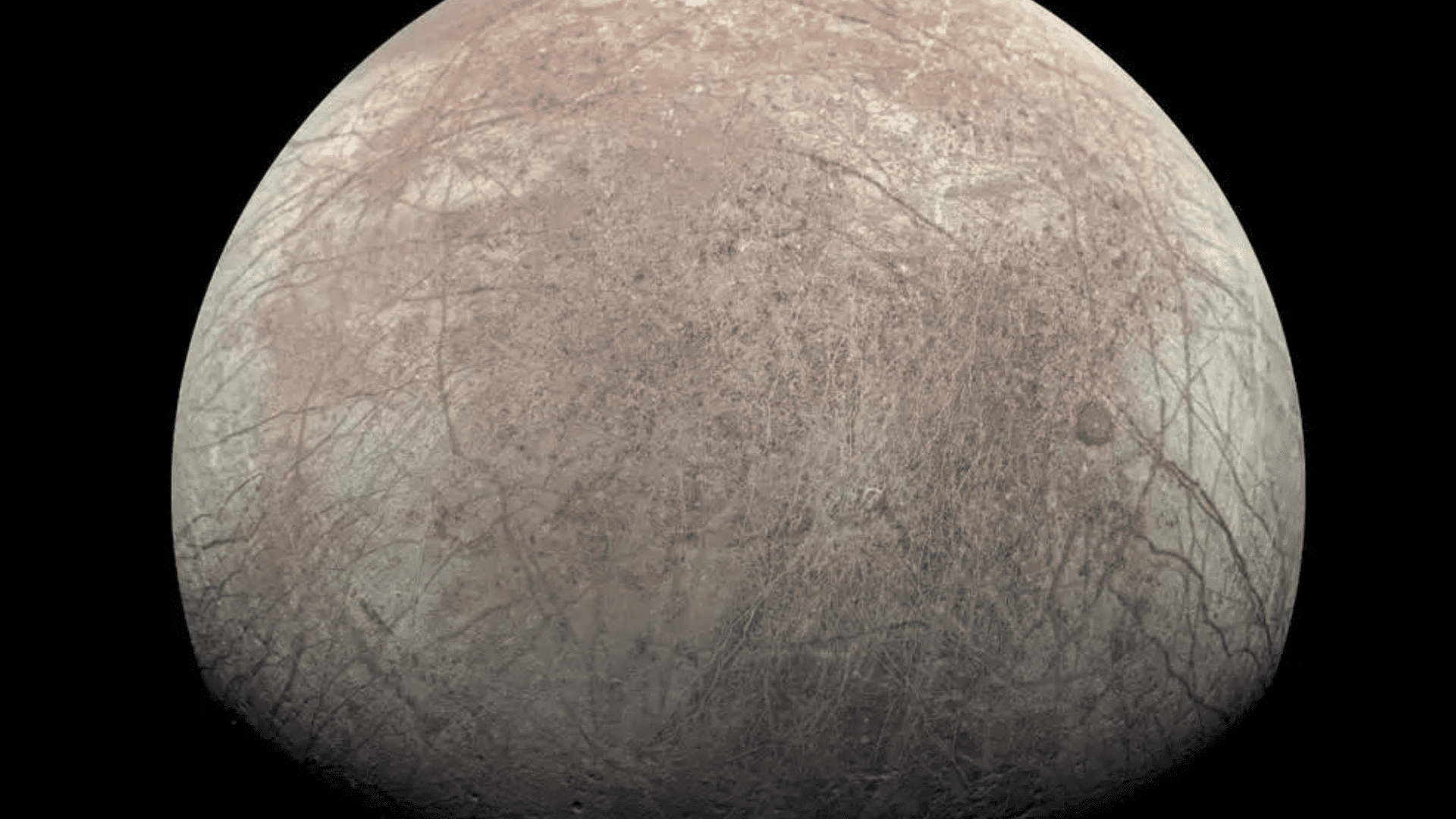
Astronomers measured the hydrogen outgassing from the icy moon’s surface. As part of the Juno mission, they got the data from the spacecraft’s Jovian Auroral Distributions Experiment (JADE) instrument. Scientists estimate that the moon produces about 26 pounds of oxygen every second. In previous estimations, it ranges from a few pounds to over 2,000 pounds per second.
Scientists believe that some of that oxygen could work its way into the moon’s subsurface ocean as a possible source of metabolic energy. They hope to discover signs of possible life-supporting conditions below the surface. Europa is the smallest of Jupiter’s four largest moons, the Galilean moons. That makes it the fourth largest out of the 95 moons. Because of Europa’s size, scientists believe there is a vast internal ocean of salty water beneath its icy crust.
However, it’s not just the water on Europa that grabs scientist’s attention. It’s the possibility that the oxygen it produces could make its way into the water. Europa’s location plays an important role in the possibility of biological life. The moon’s orbit places it right in the center of Jupiter’s radiation belt. Charged, or ionized, particles from Jupiter storm the icy surface of the Jovian moon. This bombardment splits water molecules in two and generates oxygen. JADE scientist Jamey Szalay said, “In a way, the entire ice shell is being continuously eroded by waves of charged particles washing up upon it.” There is a possibility that this oxygen might find its way into the moon’s ocean.
Explore Tomorrow's World from your inbox
Get the latest science, technology, and sustainability content delivered to your inbox.
I understand that by providing my email address, I agree to receive emails from Tomorrow's World Today. I understand that I may opt out of receiving such communications at any time.
Juno Captures Bombardment
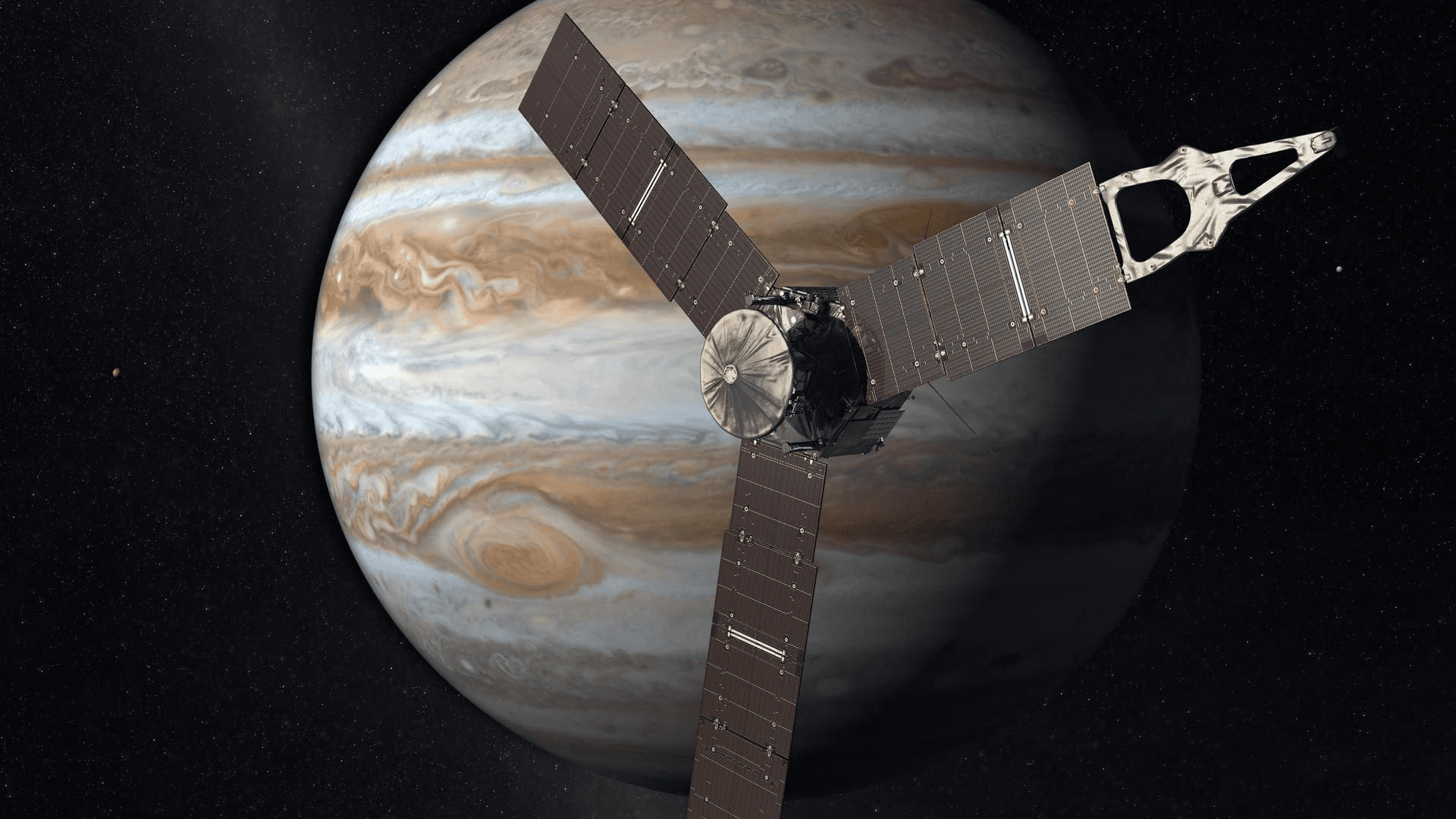
In September of 2022, Juno flew within 220 miles of Europa. JADE identified and measured hydrogen and oxygen ions created from the bombardment of charged particles. Jupiter’s magnetic field then “picked up” the charged particles as they drifted past the moon. Szalay said, “Back when NASA’s Galileo mission flew by Europa, it opened our eyes to the complex and dynamic interaction Europa has with its environment.” Galileo purposely crashed into Jupiter’s atmosphere after discovering the ocean under Eruopa’s surface.
Since then, Juno has brought new capabilities for measuring the charged particles. She said their team couldn’t wait to learn more. “But what we didn’t realize is that Juno’s observations would give us such a tight constraint on the amount of oxygen produced in Europa’s icy surface.”
Juno carries 11 instruments that are designed to study the Jovian system. This includes nine charged-particle and electromagnetic-wave sensors to study Jupiter’s magnetosphere.
Future Missions
NASA’s Europa Clipper mission will investigate oxygen production among many other facets. It’s expected to arrive at Jupiter in 2030. The mission’s payload includes nine science instruments to help determine if Europa’s conditions are suitable for life. As for the Juno mission, they are setting their sites on another Jovian moon. On April 9, Juno will come within about 10,250 miles of Io’s volcanic surface.



